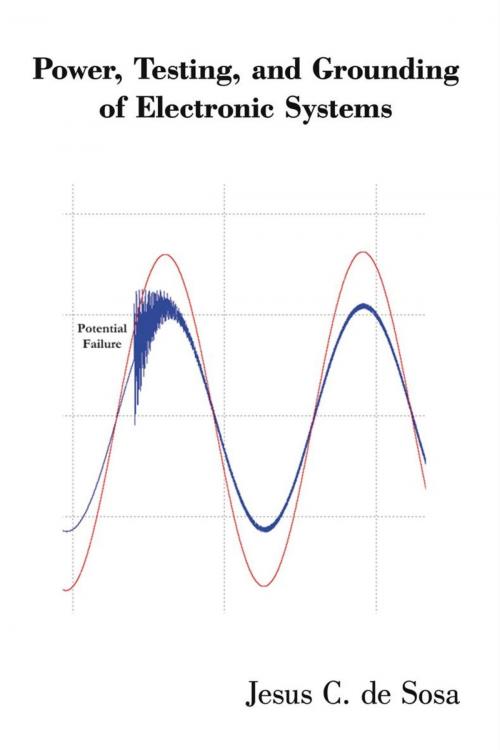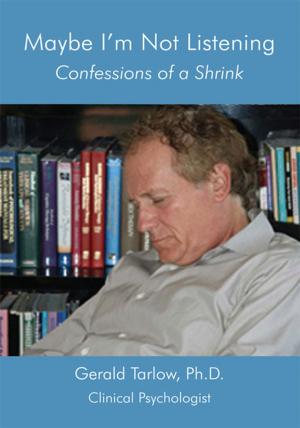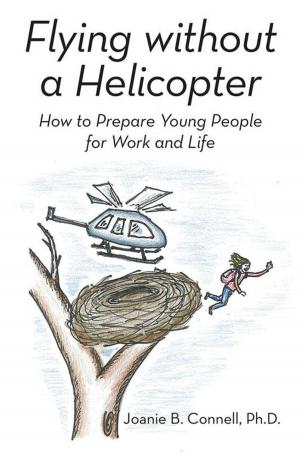Power, Testing, and Grounding of Electronic Systems
Nonfiction, Science & Nature, Technology, Reference| Author: | Jesus C. de Sosa | ISBN: | 9781440107252 |
| Publisher: | iUniverse | Publication: | December 24, 2008 |
| Imprint: | iUniverse | Language: | English |
| Author: | Jesus C. de Sosa |
| ISBN: | 9781440107252 |
| Publisher: | iUniverse |
| Publication: | December 24, 2008 |
| Imprint: | iUniverse |
| Language: | English |
Starting from the basics of a power distribution system, the author explained the mechanism of how grounding noise currents arise in a facility transformer. This is followed by computer simulation of short circuit or fault currents required in sizing the interrupting capacity of a circuit breaker.
Chapter 3 closely examines propagation constant and characteristic impedance of a transmission line. The model of a transmission line can explain most of the electrical or electronics problems. Some of these problems include redundancy in power systems, and grounding noise voltage.
Often, an engineer needs to find the cause of a failure in a system. He must have, at his disposal, a systematic method of testing to find the most probable cause of failure. This book recommends the boundary approach in finding such a cause. Testing may involve characterizing a device or a signal. An example of how an unknown device may be characterized is shown in this book.
In this book, a grounding noise voltage is treated as a signal. It is, perhaps, the most common cause of failures in electronic systems. To illustrate an example of how a signal may be characterized and address grounding itself, Chapter 7 shows experiments on how a grounding noise voltage may be minimized. Finally, Chapter 8 is a recommended approach in designing a grounding system.
Starting from the basics of a power distribution system, the author explained the mechanism of how grounding noise currents arise in a facility transformer. This is followed by computer simulation of short circuit or fault currents required in sizing the interrupting capacity of a circuit breaker.
Chapter 3 closely examines propagation constant and characteristic impedance of a transmission line. The model of a transmission line can explain most of the electrical or electronics problems. Some of these problems include redundancy in power systems, and grounding noise voltage.
Often, an engineer needs to find the cause of a failure in a system. He must have, at his disposal, a systematic method of testing to find the most probable cause of failure. This book recommends the boundary approach in finding such a cause. Testing may involve characterizing a device or a signal. An example of how an unknown device may be characterized is shown in this book.
In this book, a grounding noise voltage is treated as a signal. It is, perhaps, the most common cause of failures in electronic systems. To illustrate an example of how a signal may be characterized and address grounding itself, Chapter 7 shows experiments on how a grounding noise voltage may be minimized. Finally, Chapter 8 is a recommended approach in designing a grounding system.















